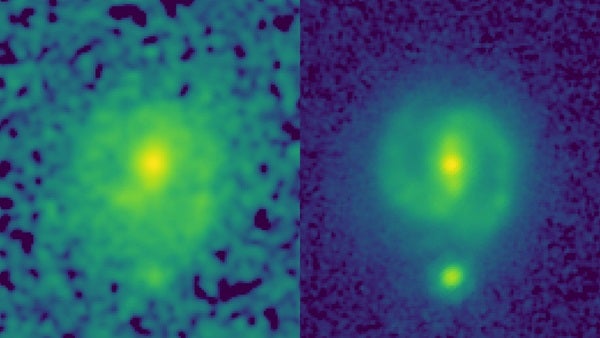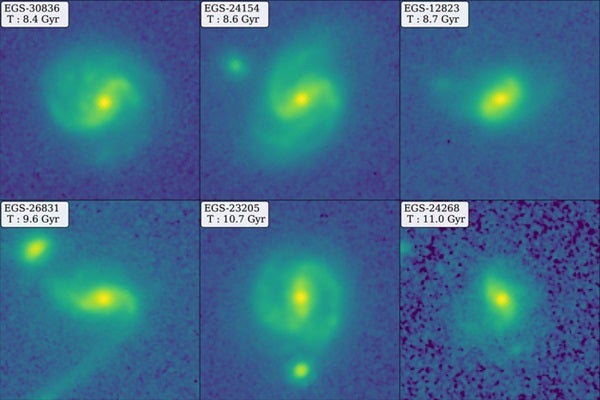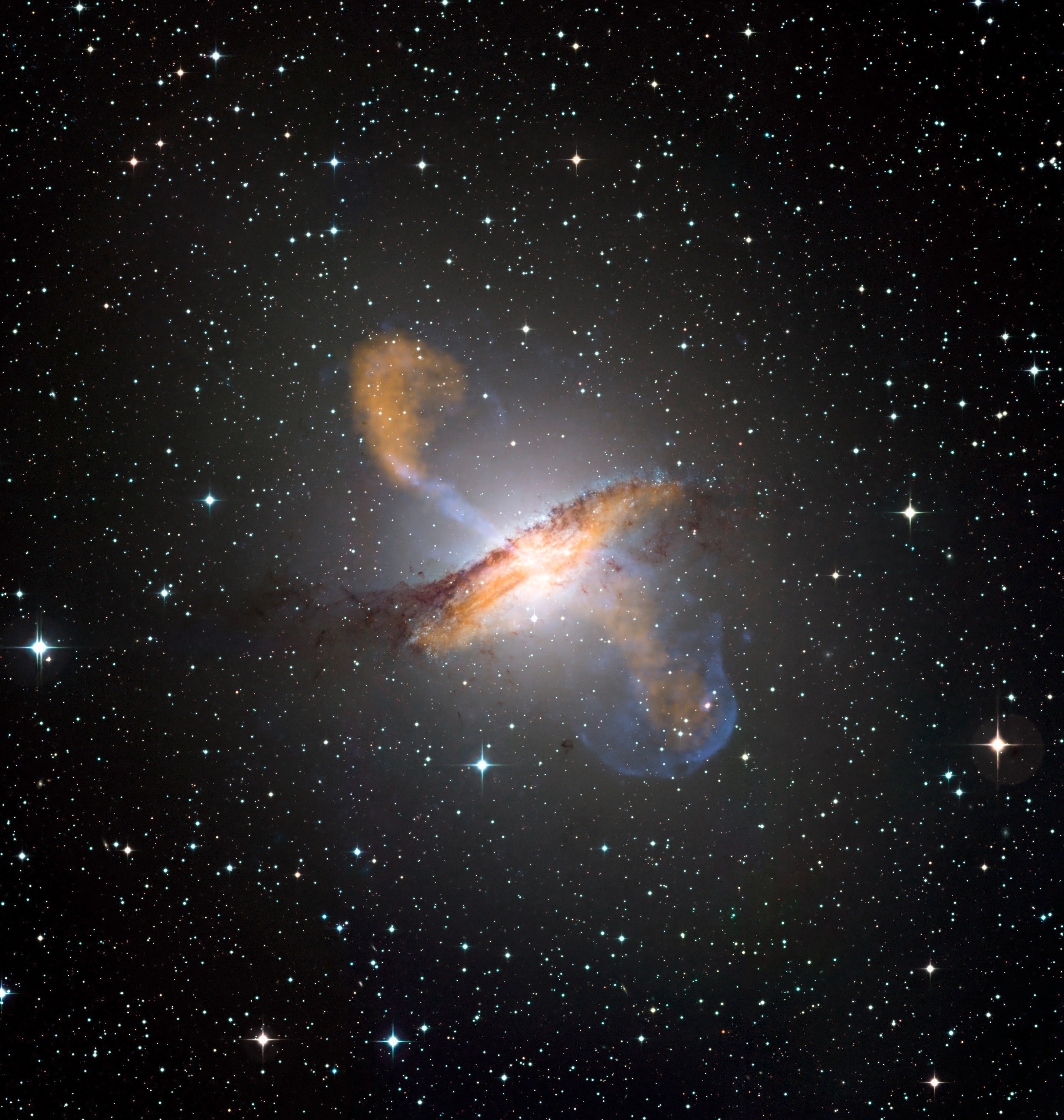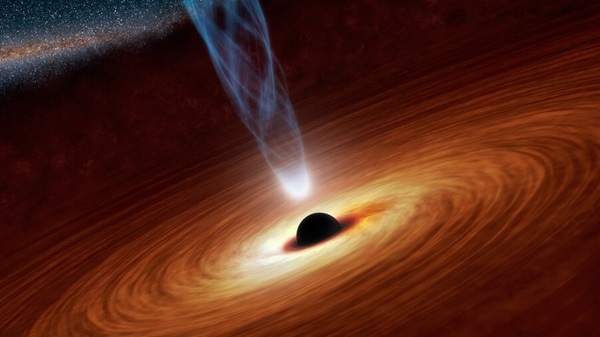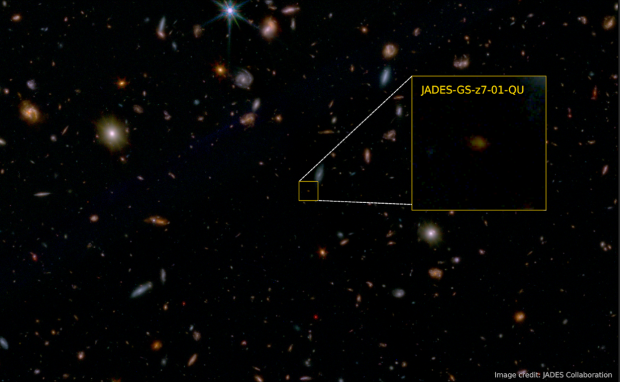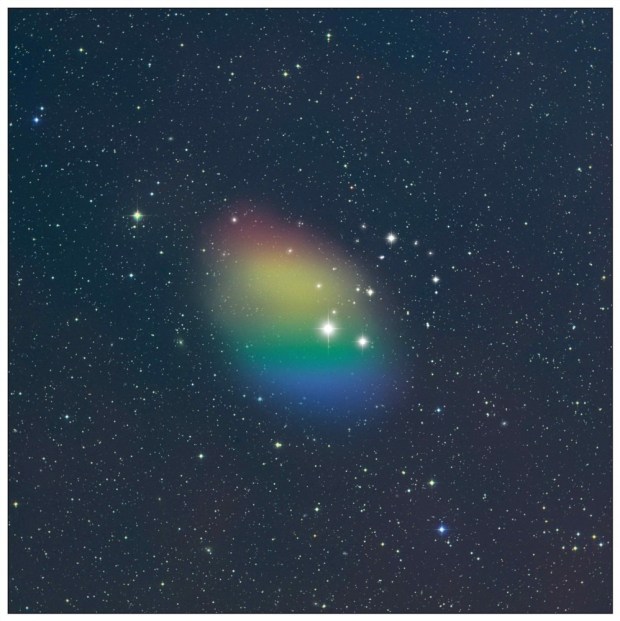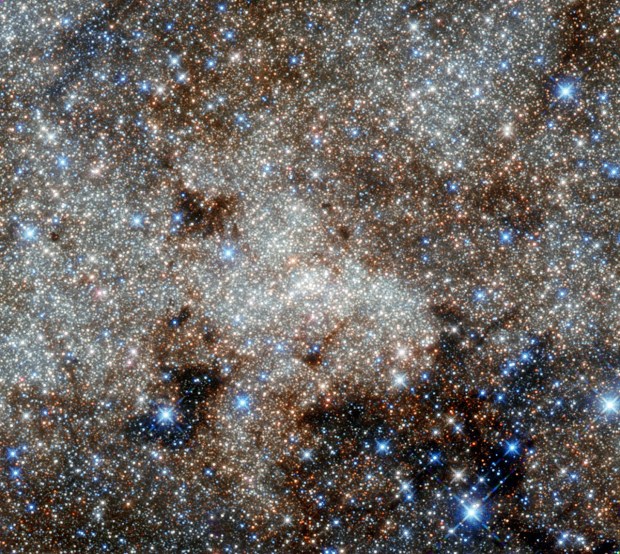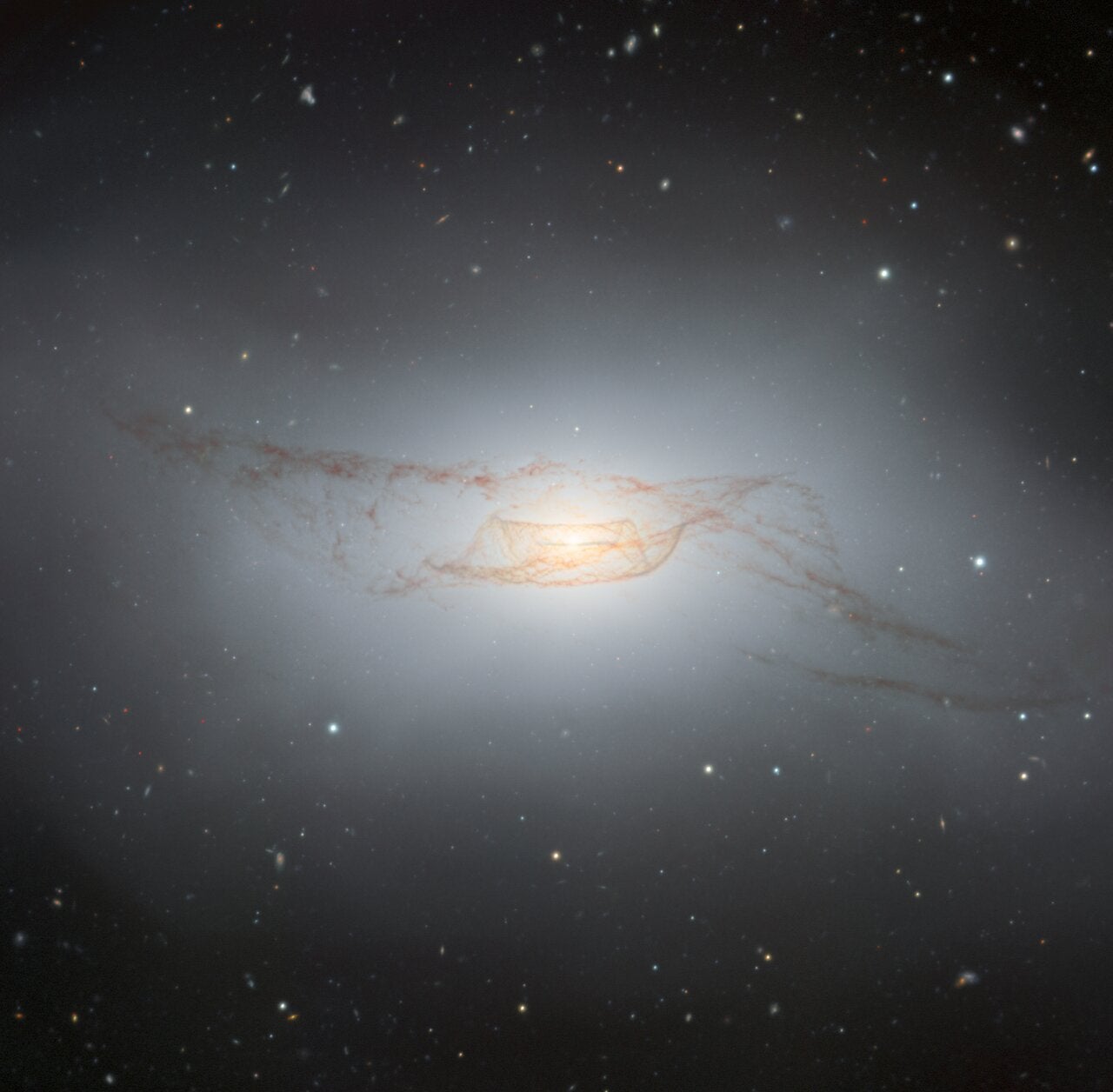New images from the James Webb Space Telescope (JWST) are shaking up what astronomers thought they knew about galaxy evolution. The images reveal two galaxies in the distant, early universe that sport long bars stretching between their spiral arms, a first-of-its-kind find for galaxies so young.
Barred spiral galaxies are not unusual in the modern universe; nearly 70 percent of nearby spiral galaxies are barred spirals, with the most recognizable example being our own Milky Way. However, what is unique about these barred spirals is that we’re seeing the galaxies as they existed 11 billion years ago, at a time when the universe was just a quarter its current age.
“This discovery of early bars means galaxy evolution models now have a new pathway via bars to accelerate the production of new stars at early epochs,” Shardha Jogee, an astronomer at The University of Texas (UT) at Austin and coauthor of the new study, said in a news release.
The results are detailed in an article accepted for publication in The Astrophysical Journal Letters.
The importance of bars in the early universe
For the new study, researchers used JWST data from the Cosmic Evolution Early Release Science Survey (CEERS) to identify six strong examples of barred galaxies that emitted their light more than 8 billion years ago. The two most distant of these galaxies — EGS-23205 and EGS-24268 — existed some 11 billion years ago, when the universe was less than 3 billion years old.
Although EGS-24268 had never been observed before, the Hubble Space Telescope had previously targeted galaxy EGS-23205, though it found little clear evidence for a barred structure. But unlike Hubble, James Webb is designed to observe in infrared light, allowing it to cut through thick dust clouds that can otherwise obscure the internal structure of a galaxy.
“The bars hardly visible in Hubble data just popped out in the JWST image, showing the tremendous power of JWST to see the underlying structure in galaxies,” said Jogee. “I took one look at these data, and I said, ‘We are dropping everything else!’”
Bars are important because they help funnel gas into the central regions of a galaxy, which both boosts star formation and speeds up the growth of the galaxy’s central supermassive black hole. That makes galactic bars and important driver of galaxy evolution.
“Bars solve the supply chain problem in galaxies,” said Jogee. “Just like we need to bring raw material from the harbor to inland factories that make new products, a bar powerfully transports gas into the central region where the gas is rapidly converted into new stars at a rate typically 10 to 100 times faster than in the rest of the galaxy.”
Barred galaxy simulation from College of Natural Sciences/Francoise Combes, Paris Observatory on Vimeo.
Because astronomers have now observed what appears to be evolution-driving bars in galaxies from the relatively early universe, they might need to update their theories and models related to galaxy evolution.
“The finding of so-called barred galaxies, similar to our Milky Way, this early in the universe will require scientists to refine their theories of galaxy evolution,” according to a news release for UT Austin.
Moving forward, the team plans to test different models for galaxy evolution in an attempt to predict the observed abundance of bars in the early universe. Although only six example galaxies makes for a small sample size, future JWST observations are almost guaranteed to capture many more of these distant barred spirals in the years to come.
“For this study, we are looking at a new regime where no one had used this kind of data or done this kind of quantitative analysis before,” said Yuchen Guo, a graduate student who led the analysis, “so everything is new. It’s like going into a forest that nobody has ever gone into.”

